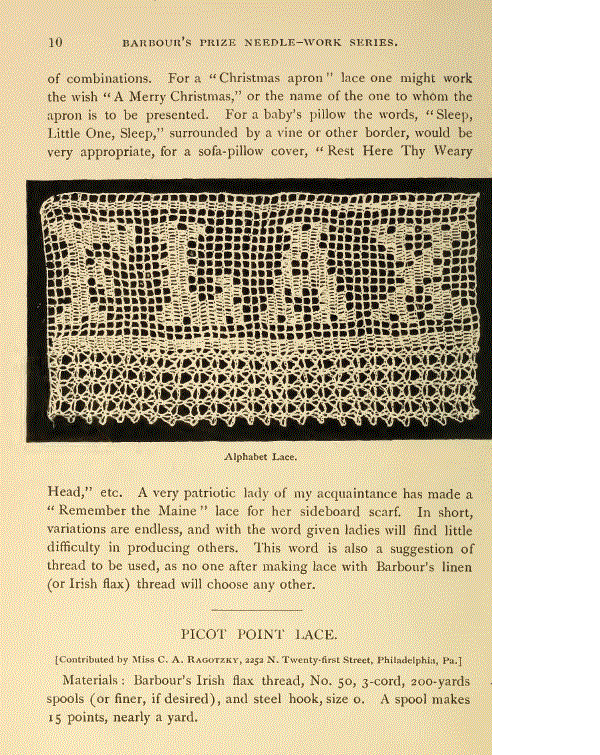Remember Remember Ed Cooke Pdf To Word

Jan 25, 2013 Much of what we learn for exams is by no means 'interesting'. But in the first of a new weekly blog, memory expert Ed Cooke explains how making creative. TWO - THE MAN WHO REMEMBERED TOO MUCH. THREE - THE EXPERT. Every day there seems to be more to remember: more names, more passwords, more. They referred to themselves as “mental athletes,” or just MAs for short. There were five events. First the contestants had to learn by heart a fifty.
The second is that their creation is active, and intertwined with the development of understanding. As we force ourselves to sift, understand and summarise in order to create the diagram, we make new connections which deepen and elaborate our understanding. And this process of making is also enacting how we'll subsequently recall them. So, how to create one? First, take a blank sheet of paper in portrait mode.
Put the essence of your subject in pictorial form in the middle of the page. This is the front door to your set of memories and thoughts – make it bright and visual and distinctive. We'll take the example of the French Revolution, and make our image a guillotine. Next, divide your overall subject into sections, and radiate a branch for each section from the centre.
Interestingly, it doesn't too much matter exactly how you slice and dice the subject, only that you do so. Here we'll divide the branches into four phases of the revolution. Then, let's zoom in to our branch entitled The Reign of Terror 1792-95. Logmx Cracked. How to elaborate this? Well, we next add 'twigs' for the key things we might need to know about that period: the Execution of Louis XVI that began it, the Jacobins' Coup led by Robespierre, the Constitution of 1793, the terror itself, and the Thermidorian reaction that followed Robespierre's death.
Borrowing from, it's worth chucking in a pic of a thermostat on the twig of the Thermidorian revolution, to help recall that bit. Each of these twigs will subdivide again, with the focus on each subtopic this time. So within the Jacobin coup, the key third-level themes may be Robespierre, his mates the sans-culottes and the banishing of the Girondins from the National Assembly. So we'd have a 'leaf' for the these as well.
At the leaf stage, we can go further if we like – with dates, further players etc. What results from following this process on each branch and twig is a dense but accessible overview of a complex, interconnected subject. When you're answering some question about Robespierre, the map enables you to locate him as a key -player in the The Reign of Terror and the Jacobin coup, and to see when he was executed, and for what reason. By zooming in, you not only recall all the relevant information arrayed around the leaves, but relive the thoughts and understanding that led you to put them there in the first place. Ed Cooke is a Grand Master of Memory, and is co-founder and CEO of. He writes a weekly blog for Telegraph Education on revision techniques.